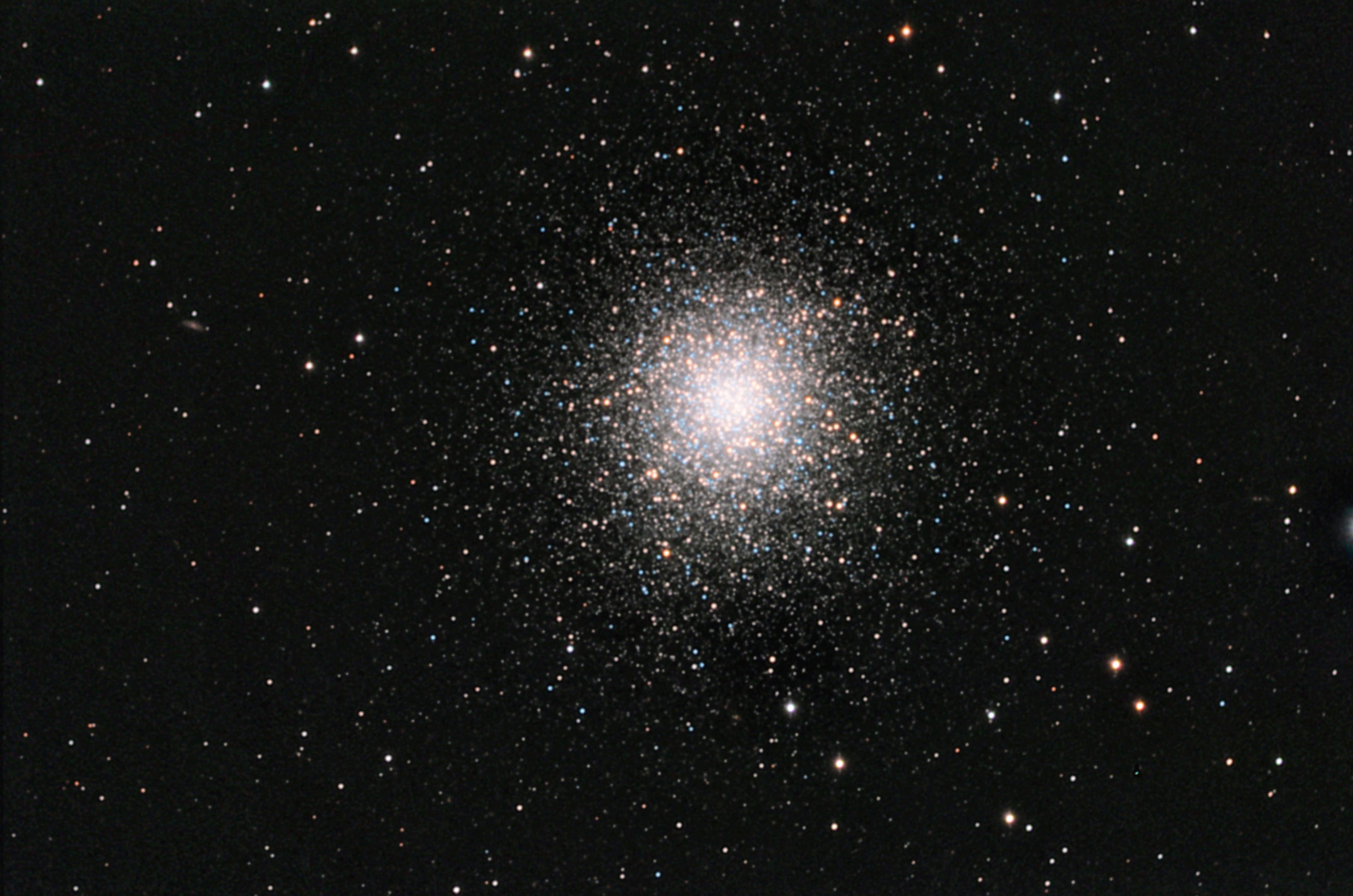Vera C. Rubin Observatory Sees First Light and Releases Spectacular Imagery

The Vera C. Rubin Observatory, jointly funded by the US National Science Foundation (NSF) and the US Department of Energy (DOE) is a brand new astronomy and astrophysics facility that has been built on Cerro Pachón in Chile. It’s named after US astronomer Vera Rubin, who provided the first convincing evidence for the existence of dark matter. Rubin Observatory is the first of its kind: its mirror design, camera sensitivity, telescope speed, and computing infrastructure are each in an entirely new category. The 8.4-meter Simonyi Survey Telescope at Rubin Observatory, equipped with the LSST Camera — the largest digital camera ever built — will take detailed images of the southern hemisphere sky for the next 10 years, covering the entire sky from the southern hemisphere every few nights and creating an ultra-wide, ultra-high-definition, time-lapse record — the largest astronomical movie of all time. This unique movie will bring the night sky to life, yielding a treasure trove of discoveries: asteroids and comets, pulsating stars, and supernova explosions. With Rubin we will gain a better understanding of our Universe, delve into the mysteries of dark energy and dark matter, and reveal answers to questions we have yet to imagine.
Comments:
Funding Member
Sponsors
- Bob's Knobs
- FocusKnobs
- Rouz Astro
- AstroMart LLC
- Astromart Customer Service
- APM-Telescopes
- Waite Research
- SellTelescopes.com
- astronomy-shoppe
- Matsumoto Company
- Desert Sky Astro Products
- RemoteSkies.net
- Anacortes Telescope
- BBLABS LLC
- ASTROPHOTOGRAPHY BY MARTIN PUGH
- OMI OPTICS USA LLC
- BW
View all sponsors




The light pollution as well as the dust the project would generate, along with the disturbances created in the world class sub-arc seeing at the observatory complex, would reportedly cripple the mission capabilities of these awesome instrument of science.
I hope and pray the government of Chile makes the right decision on this one and directs development well-away from these observatories that are truly a national treasure.